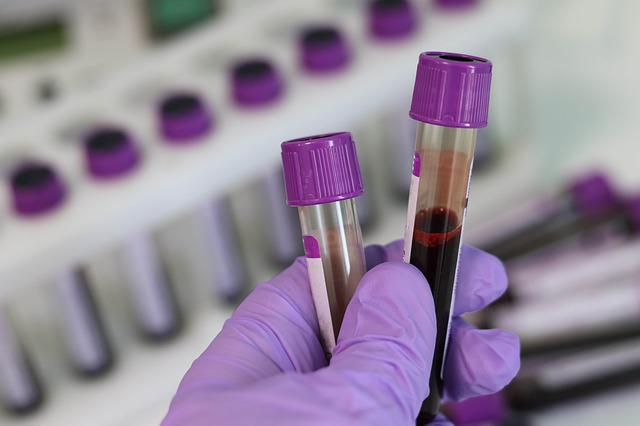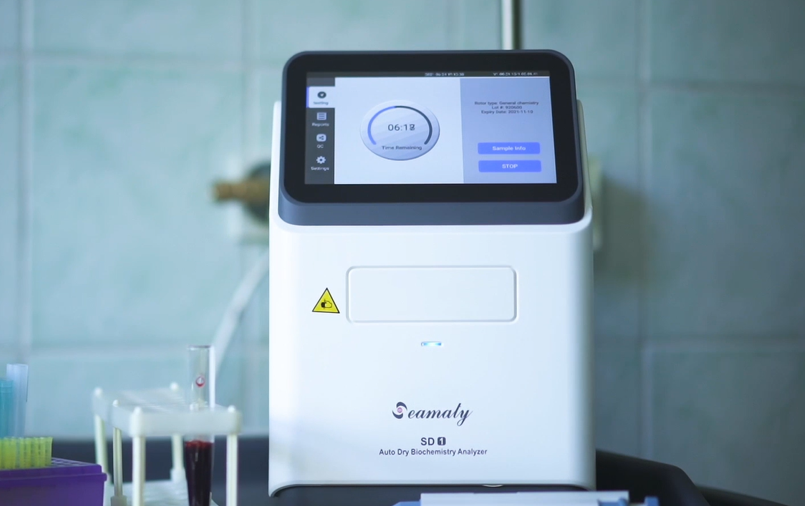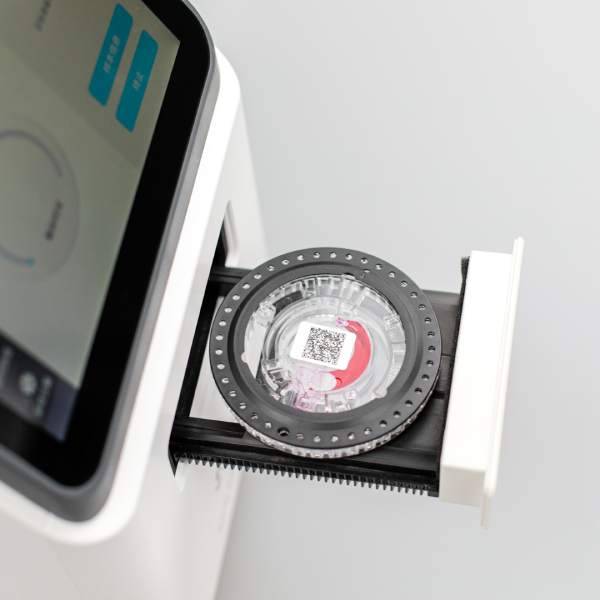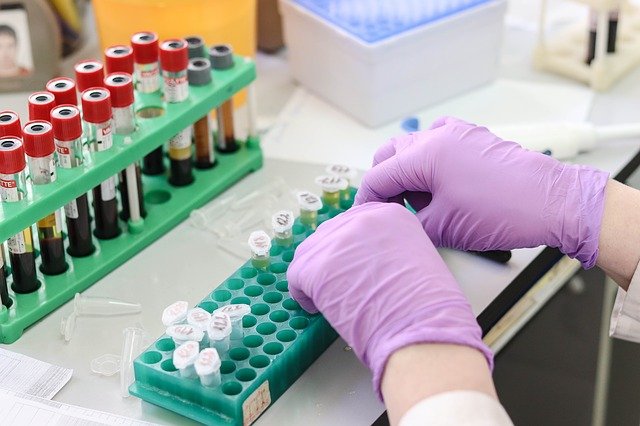Lipemic specimens are a common cause of interference in clinical tests. The CM and VLDL in lipids are suspended particles that interfere greatly with the colorimetric or turbidimetric methods commonly used for biochemical testing. For severe lipid blood samples, the sample must be pre-treated due to the high background absorbance of the sample. Commonly used methods include.

1. Physiological saline dilution method
Most fully automated biochemistry analysers have automatic dilution and automatic conversion functions. It is also possible to dilute manually and then multiply the assay by the dilution factor. This method can improve the accuracy of the assay by reducing the sample blank to a certain extent. However, this method does not completely eliminate the effect of lipid clouding on the assay results, especially when the sample is diluted due to matrix effects which can lead to some errors in the assay results.
2. Ether Extraction
The addition of the organic solvent ether to a hyperlipidaemic sample, shaking and mixing and then centrifuging, effectively extracts lipid soluble substances such as triglycerides from the sample. However, the addition of new chemicals to this method can have an impact on the determination of some biochemical tests.
3. Precipitation separation method
This method is derived from the precipitation method for the determination of HDL, which combines a phosphotungstic acid-magnesium precipitant and a polyethylene glycol-dextran sulphate precipitant. Precipitation of celiac particles, very low density lipoprotein, low density lipoprotein and lipoprotein(a) in serum. The method can have an impact on the determination of some biochemical tests and is cumbersome to perform. The method therefore also has some limitations.
4. Dry chemistry method
The dry chemistry analyser is a solid phase reagent technique using a multilayer film based primarily on the Kubleka-Munk theory. This biochemical machine is a new class of instrument that takes the reactions that occur in the liquid phase reactants and transfers them to a solid phase carrier for detection using reflectance photometry and differential potentiometry based on ion selective electrodes (ISE). As the whole blood passes through the solid phase of the multilayer film, substances such as blood cells and lipid particles can be intercepted. This method is therefore also effective in removing the interference of lipid clouding with biochemical test results.
5. High-speed centrifugation
The lipid clouded serum is sealed with a lid and centrifuged at high speed to separate the serum into two layers. The lower layer of serum is aspirated for clinical biochemistry. This is suitable for most clinical biochemical assays. However, this method requires a high level of biochemical equipment. Some hospitals do not have high-speed centrifuges, which limits the use of this method.
In general, blood samples faced with severe lipidaemia are not specially treated and are tested normally. However, the biochemical test report will state: Severe lipaemia and the results are for information only and a repeat test is recommended.



